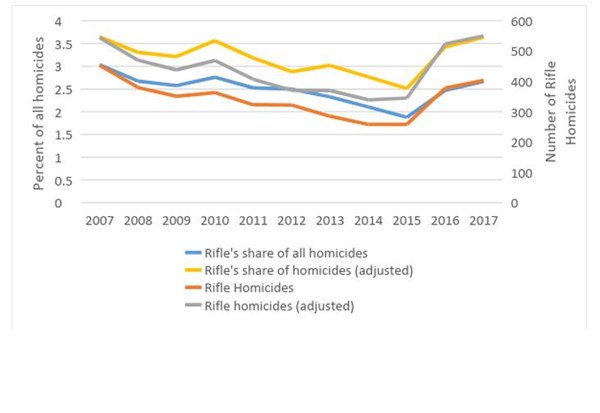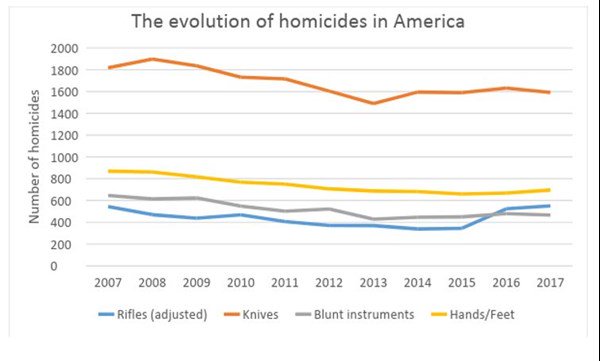
Much attention has been given to a cable show monologue from Tucker Carlson. There, Carlson
argued that “market capitalism is a tool, like a staple gun or a toaster.” Implied is the idea that markets are simply meant for human use, something to be picked up but that can also be put aside, ignored, or directed.
Since the monologue went viral, many critiques have been leveled, as well as defenses made. One such defense by
Hillbilly Elegy author J.D. Vance
declares the “market is not a Platonic deity, floating in the sky and imposing goodness and prosperity from on high.” In support of his critique, Vance cites various threats to our “social fabric” giving the opioid epidemic special attention. He concludes, referencing drug companies and other corporations, that “these entities are doing what the market demands, and in some ways, it’s hard to blame them. But shouldn’t our laws and policy make life harder for them?”
But if we think of markets as a mere tool, we mistakenly believe we can discard them when convenient or fruitfully direct it toward our preferred ends. The “just a tool” mindset is prone to mistaken beliefs that making it harder is enough for good social outcomes. The tool metaphor suggests that the changes in job markets, culture, family structure, or even addiction are the manifestations of undisciplined free markets which can be corrected
by“the man of system."
Prices Are Part of the Social Fabric
Tucker and Vance appear to defend an old concept, that markets, like a tool, can be employed as deliberately or as purposefully as a toaster, staple gun, or hammer, as the metaphor implies, to repair perceived harms. Yet this assumption misses key realities about the nature of markets, which makes them more than a tool.
First, markets are expressions of human cooperation. They are a medium of human interaction that allows individuals and groups to coordinate—at times over long distances and even temporally—efforts and resources. In this sense, it is important to understand that even if labeled a tool, markets are a description of human interactions and processes that emerge to coordinate within the context of scarcity and constraints.
The primary, but not exclusive, mechanism to coordinate human economic activity is price. As F.A. Hayek explains, the
marvel of the price system signals the value of resources by tapping into vast networks of human knowledge. The price system acts as an information surrogate revealing the “particular circumstances of time and place.”
This insight has been foolishly tested, most notably in communist regimes, which abolished prices and instead chose to stumble in the dark without this expression of human coordination. Rationing and poverty became the norm; increasing vulnerability to—and even creating—famines that claimed the lives of millions.
This may not have been the greatest atrocity of these totalitarian regimes, but it was a dominant feature, and the consequences were disastrous. In socialist regimes, the absent price leaves no signal for production or distribution. Resources and capital are misallocated, directed according to the needs of the government, or what central planners perceive to be the best use of those resources without the wisdom of markets and market participants.
The United States has forayed into this planning fallacy in the past, though on a smaller scale. The Great Depression was a time of economic experimentation, including policies meant to influence prices. This attitude of market control led to perverse programs, which, during a time of hunger and economic distress, would expend resources in nonsensical ways, such as President Franklin Roosevelt randomly
designating the price of gold or paying farmers to not farm—a policy that
persisted in some form into the current century.
More recently, gasoline shortages in the late 1970s were at least
partiallycaused by price controls. Since price was removed from the work of rationing and encouraging a growth in supply, the government had to step in with its own rationing scheme. Additionally, the cost of gasoline appeared in the form of time consumption as people desperate for gas waited in long lines at the pump. We have run this experiment many times of varying scales only to find attempts to control human coordination negatively impacted prosperity.
One need not support a totalitarian regime to commit this error, only bear the mindset that markets are simply tools to be used to construct policy and society rather than expressions of individuals responding to their respective incentives and constraints to realize their preferences. This hints at a broader truth: free markets and prices are a key part of the social fabric.
As Ludwig von Mises
wrote:
The pricing process is a social process. It is consummated by an interaction of all members of society. All collaborate and cooperate, each in the particular role he has chosen for himself in the framework of the division of labor.
Attempts to manipulate markets toward particular policy goals often threaten the social fabric as they target a fundamentally social process.
Not every free market arrangement is coordinated via the pricing mechanism. Economists such as Ronald Coase and Elenor Olstrom described alternate arrangements for coordinating efforts between individuals, such as
firms or
complex systems of self-governance, which often arise to solve problems where price has not materialized.
Most important, though, is that these are part of the emergent order of free-market systems to serve members of society, subject to the churn of the market process. Allowing that process to take place avoids capture by the political system and strengthening social ties.
Political Markets vs. Free Markets
Second, when decisions are not made by free markets, then political markets take control. Distribution of resources then becomes a question of the political process. Here, the currency is rarely as transparent as the price mechanism. The currency of the political economy is often money, but it is also votes, political favors, rents, power, and special legal treatment. The incentives shift from serving others through mutual exchange and coordinating resources and talents to maintaining political power and subjecting resources to political ends. Political markets are the natural outcome of turning free, or capitalist, markets over to the political process.
This observation is clear: that markets are more than just a tool, but in some regards a reality of human behavior. Leaving a market where price and choice govern substitutes it for other forms of human coordination, each with their own currency. The political system seeks to maintain the status quo, entrenching incumbent market and political actors.
Markets aren’t perfect, and we should not expect every outcome to meet such an ideal. People lose work, are injured or die, or fall into addiction. None of these are to be lightly dismissed, but the long-term trend is that each of these can be addressed through the market process. In the free market, we find the ability to deal with downsides as we see fit, in coordination with others through voluntary transactions made through mediums of human exchange. Alternatively, government action is often less responsive and monopolizes solutions to complex sociological problems.
Giving government the monopoly on dealing with the downsides of choice hinders coordination in the market to ease the burdens on individuals, families, and societies from those very problems. It impedes the process of creative destruction and cooperation.
Markets Incentivize Problem-Solving
This reveals a third reality of free markets that makes them more than tools. Markets lay out incentives for people to solve each other’s problems, constantly innovating, seeking to reduce transaction costs, and providing better outputs via the process of creative destruction. What we see often when governments interfere in market processes are the unintended and often worse consequences that spring forth from intervention. Interference in the free market is usually more costly than the perceived benefits.
The costs and consequences of the political market are many. Redirecting resources reveals opportunity costs. Preventing people from their preferences raises the cost of enforcing laws and regulations against those preferences. People look to substitutes when prices rise, often turning to unsafe or even dangerous alternatives. The law of unintended consequences runs rampant in the world of economic intervention, and all of these costs must be accounted for when attempting to remove people from their preferences.
Observing market behavior, in its entirety, allows for a comparative evaluation between free markets and their alternatives, the record is rather clear: free markets produce the greatest amount of prosperity, choice, and set of incentives.
Perhaps we can treat the free market as a tool, as Carlson claims; much like a hand, foot, or eye can all be called tools. Yet, they are also more than just tools, as are markets. Embracing free markets allows us to pile “idea on idea,” as Deirdre McCloskey has
written, and permit “market-tested betterment” to increase prosperity, as it has done.
Markets are inescapable realities, part of social processes, and we stand able to choose which market process we employ—free markets or centralized political markets.






































 Processed in March 1958
Processed in March 1958

 Processed in April 1964
Processed in April 1964
 Processed in April 1964
Processed in April 1964


